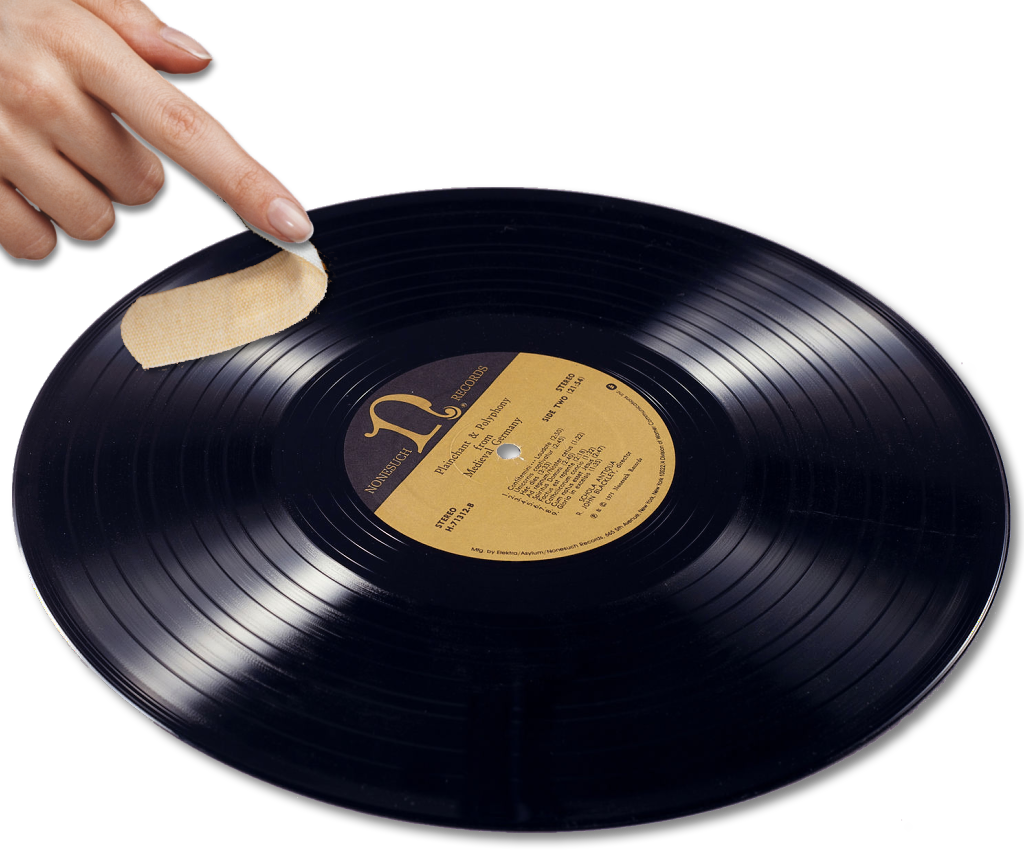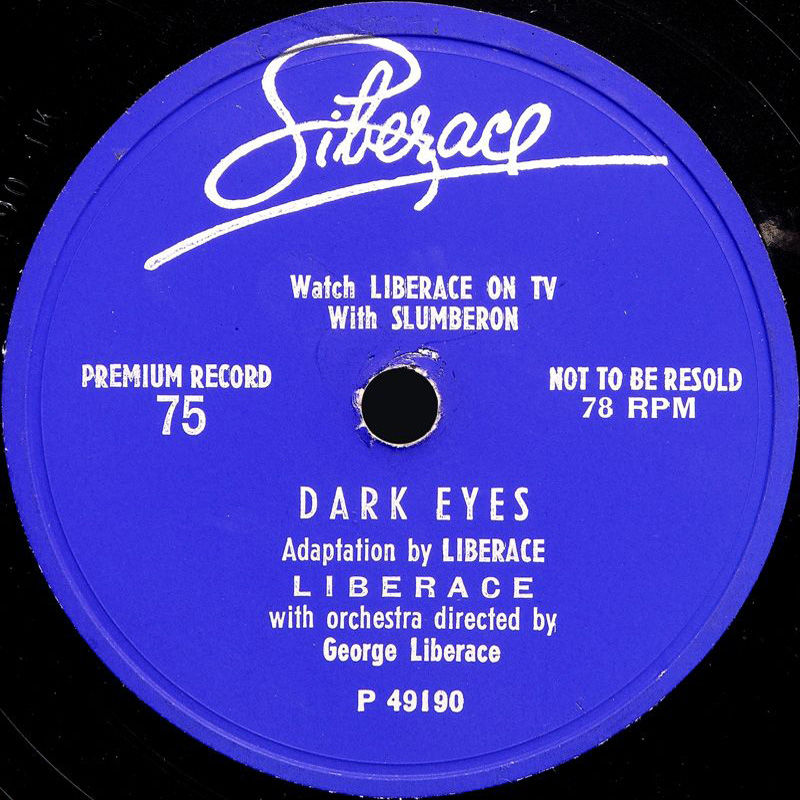During and after world war ii when shellac supplies were extremely limited some 78 rpm records were pressed in vinyl instead of shellac wax particularly the six minute 12 78 rpm records produced by v disc for distribution to.
Replacing shellac with vinyl records.
Unlike the standard 10 inch 78 rpm record which could play about 3 1 2 minutes on one side the new lp could hold 15 plus minutes on one side of a 10 inch record and up to 25 minutes on one side of a 12 inch disc.
At first the discs were commonly made from shellac with earlier records having a fine abrasive.
It had longer playing times was lighter and simply became the new thing differences in speed.
Earliest speeds of rotation varied widely but by 1910 most records were recorded at about 78 to 80 rpm.
The production of shellac records continued until the end of the 78 rpm format i e the late 1950s in most developed countries but well into the 1960s in some other places but increasingly less abrasive formulations were used during its declining years and very late examples in truly like new condition can have as low noise levels as vinyl.
Also these new records were made of a vinyl compound rather than the easily breakable shellac of 78s.
Generally 78s are made of a brittle material which uses a shellac resin thus their other name is shellac records.
As shellac was essentially phased out vinyl took the spotlight.
Many of these discs are now known as 78s because of their playback speed of 78 revolutions per minute give or take a.
Shellac vs vinyl 78 s vs lp s shellac 78 s.










